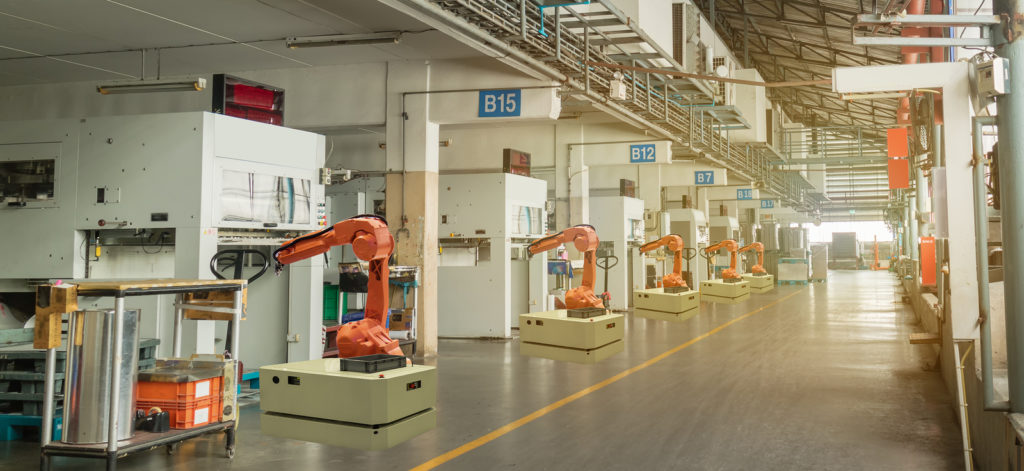The most common Internet of Things (IoT) devices may involve home-based gadgets like smartphone-connected doorbells, smart garage doors, and refrigerators that send alerts when you’re out of milk, but the Industrial Internet of Things (IIoT) demonstrates that these advances aren’t limited to the home. In fact, IIoT devices are changing manufacturing in many ways.
IoT timeline
IIoT history shows that these “new” technologies have been in development for quite a while. Here are some key IIoT moments:
- 1968: Dick Morley envisions the Programmable Logic Controller (PLC), the industrial control computer that monitors inputs and makes adjustments based on customizable programming.
- 1986: PCs are connected to PLCs.
- 1989: The World Wide Web is born.
- 1992: Ethernet and Transmission Control Protocol (TCP)/Internet Protocol (IP) connectivity for PLCs emerges.
- 1999: Kevin Ashton coins the phrase “Internet of Things.”
- 2002: Cloud technology emerges with the Amazon Web Services (AWS) launch.
Benefits
The adoption of IIoT technology in manufacturing has resulted in a host of benefits widely heralded as success stories for the industry. They include:
- Reduced downtime
- Increased productivity
- Self-healing AI
- Early error detection
- Improved safety
These benefits can have obvious impacts on the bottom line: They allow for increased productivity and the ability to predict and manage downtime directly, resulting in boosts to profit margins. In addition, these features point to a possible future when predictive maintenance does more than allow manufacturers to correct errors and malfunctions. It may allow them to correct issues before systems malfunction at all, creating even safer, more efficient manufacturing environments.

Growth and motivation
The motivation for adopting IoT technology in manufacturing is clear. Safer work environments in which manufacturers produce superior products more efficiently is every facility leader’s goal. Still, these benefits do not come without a learning curve and some growing pains. Until very recently, adopting IoT technology meant retrofitting sensors onto existing technology, a potentially expensive and time-consuming endeavor. Updated equipment now comes with pre-installed sensors, suggesting widespread adoption may be on the horizon. The challenge now is for company analysts to use the data they collect in meaningful and productive ways to fully capitalize on all this technology has to offer.
Interested in learning more about the IIoT? Part two of this series will explore what its growth may look like in the future and examine what ongoing IIoT equipment adoption may mean for the manufacturing industry as a whole.
